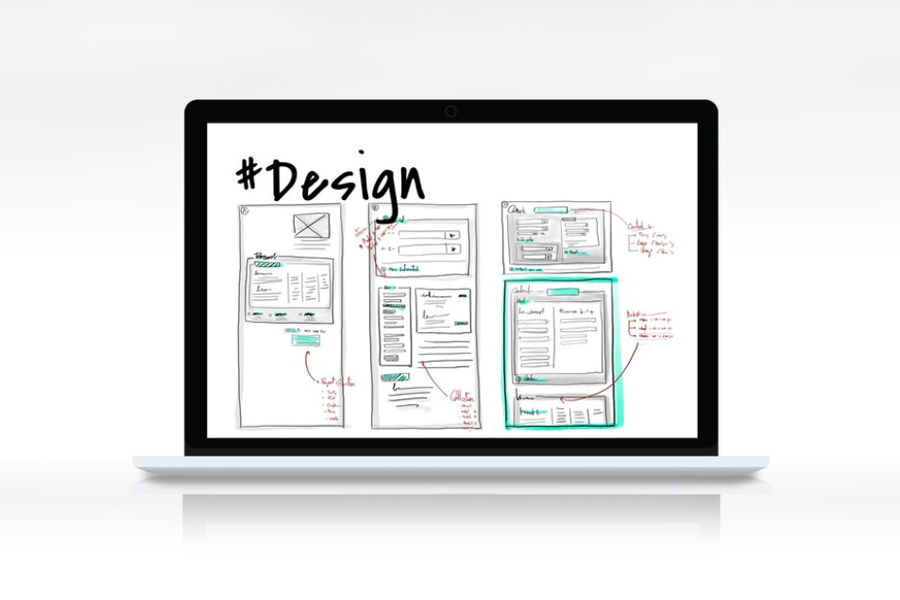
Web design is crucial in today's digital age. Learn the fundamentals and create compelling online experiences in this blog.
Visual aesthetics play a crucial role in web design. From color schemes and typography to imagery and layout, every element contributes to the overall look and feel of the website. A harmonious blend of these elements creates a visually appealing design that captivates the audience and communicates the brand's identity.
User experience is paramount in web design. A user-centric approach involves understanding the needs and preferences of your target audience and designing an intuitive and seamless browsing experience. From easy navigation to fast loading times, every aspect of the website should be optimized to enhance usability and satisfaction.
With the proliferation of smartphones and tablets, designing for multiple devices and screen sizes is no longer optional – it's essential. A responsive design ensures that your website adapts gracefully to various devices, providing users with a consistent and enjoyable experience across all platforms.
Web accessibility is about ensuring that people with disabilities can perceive, understand, navigate, and interact with the web. From providing alternative text for images to implementing keyboard navigation, accessible design principles make the web more inclusive and user-friendly for everyone.
Know Your Audience: Research your target audience to understand their demographics, preferences, and behavior. Tailor the design to meet their needs and expectations.
Simplify Navigation: Make it easy for users to find what they're looking for by organizing content logically and providing clear navigation menus.
Optimize for Performance: Improve loading times by optimizing images, minifying code, and leveraging caching techniques. A fast website not only enhances user experience but also improves search engine rankings.
Maintain Consistency: Maintain visual consistency across pages to create a cohesive and unified brand identity. Consistent typography, color schemes, and imagery reinforce brand recognition and credibility.
Iterate and Improve: Web design is an ongoing process. Continuously gather feedback, monitor analytics, and iterate on the design to improve usability and effectiveness.
Web design is more than just creating pretty layouts; it's about crafting meaningful experiences that resonate with users. By focusing on visual aesthetics, user experience, responsiveness, and accessibility, designers can create websites that not only look great but also engage and delight their audience. In the ever-evolving landscape of the web, embracing best practices and staying abreast of emerging trends is essential to creating compelling digital experiences.
Efficiency is crucial in web development. Learn how HTML themes can streamline projects and accelerate results in....
In digital design, UI and UX are key. UI focuses on aesthetics, while UX emphasizes overall experience.
E-commerce sites are crucial in today's market, reaching a global audience. Learn fundamental aspects and key strategies....